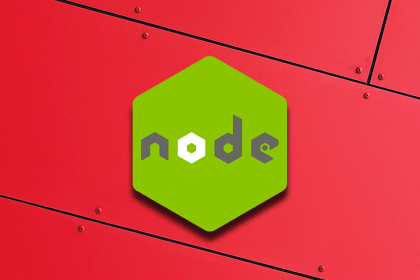
Although Selenium can be useful for testing the frontend of your web application, it is not well-suited for unit testing in Node.js.
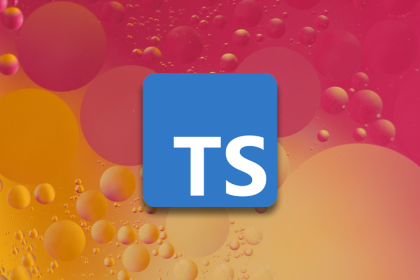
Learn the process for how to set up a monorepo with Lerna and configure it for TypeScript, as well as alternatives tools to Lerna.
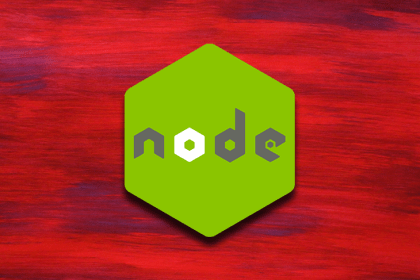
In this article, you will create a simple bookstore API with CRUD functionality using Node.js, Express.js, and PouchDB.
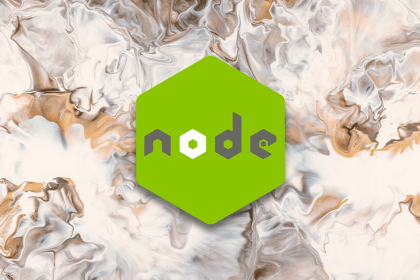
Manage large numbers in JavaScript using BigInt and popular third-party packages like Math.js, bignumber.js, and JS Big Decimal.
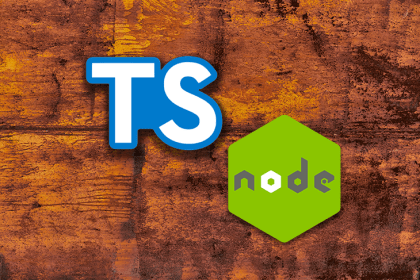
Learn how to use Commander with TypeScript to build powerful CLIs.
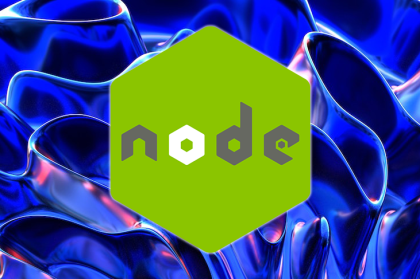
By using API keys, the user doesn’t need to worry about multi-factor authentication with their username and password.
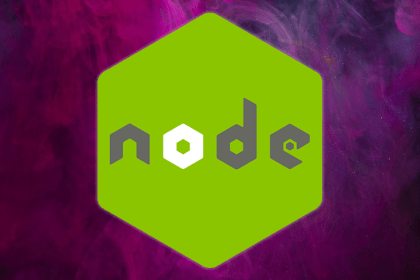
The OpenAPI specification provides a standard, language-agnostic interface to understand and interact with the API in a way that is easier for both humans and computers.
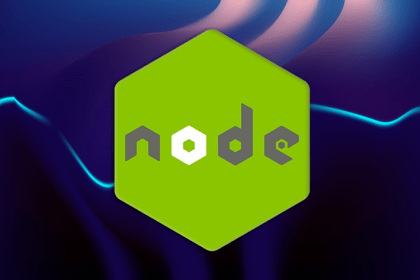
In this tutorial, we will learn how to build a simple login form to register and sign in users using Node.js.
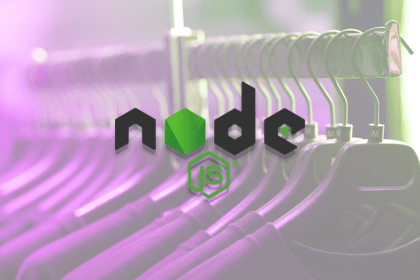
Explore fast, lightweight headless testing tools: PhantomJS, Puppeteer, Headless Chrome, Nightmare, Selenium, Playwright, and Cypress.
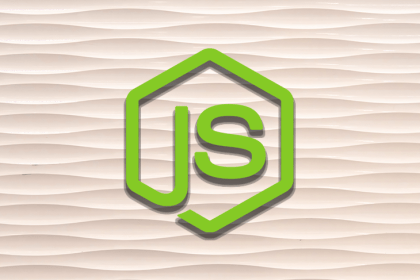
Learn about top tools for Node.js monitoring. Identify and address issues faster for enhanced reliability and improved UX.

Testing allows you to verify that changes to a project don’t break its expected behavior. We demo running unit and integration tests in a Node.js application with Express using Mocha, Chai, and Sinon.

Learn more about design patterns, like the factory method pattern, the singleton pattern, and the builder pattern you can start using in your code right now.